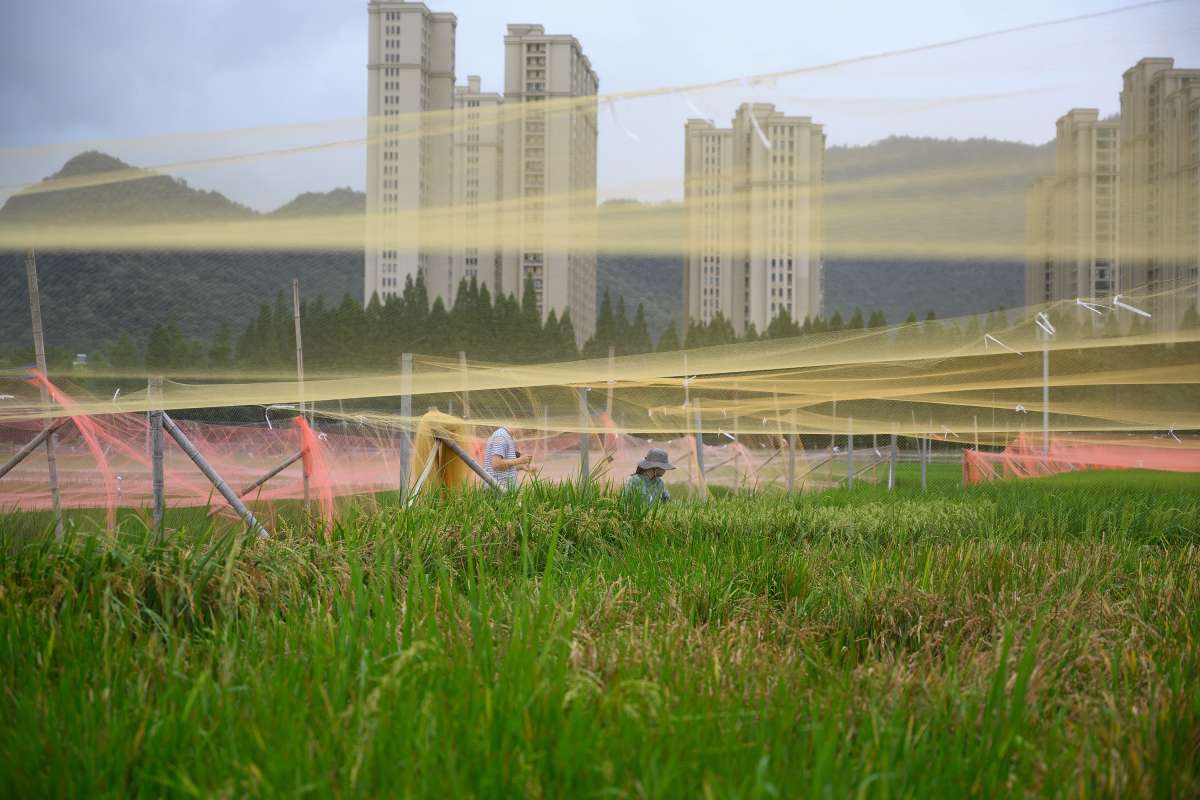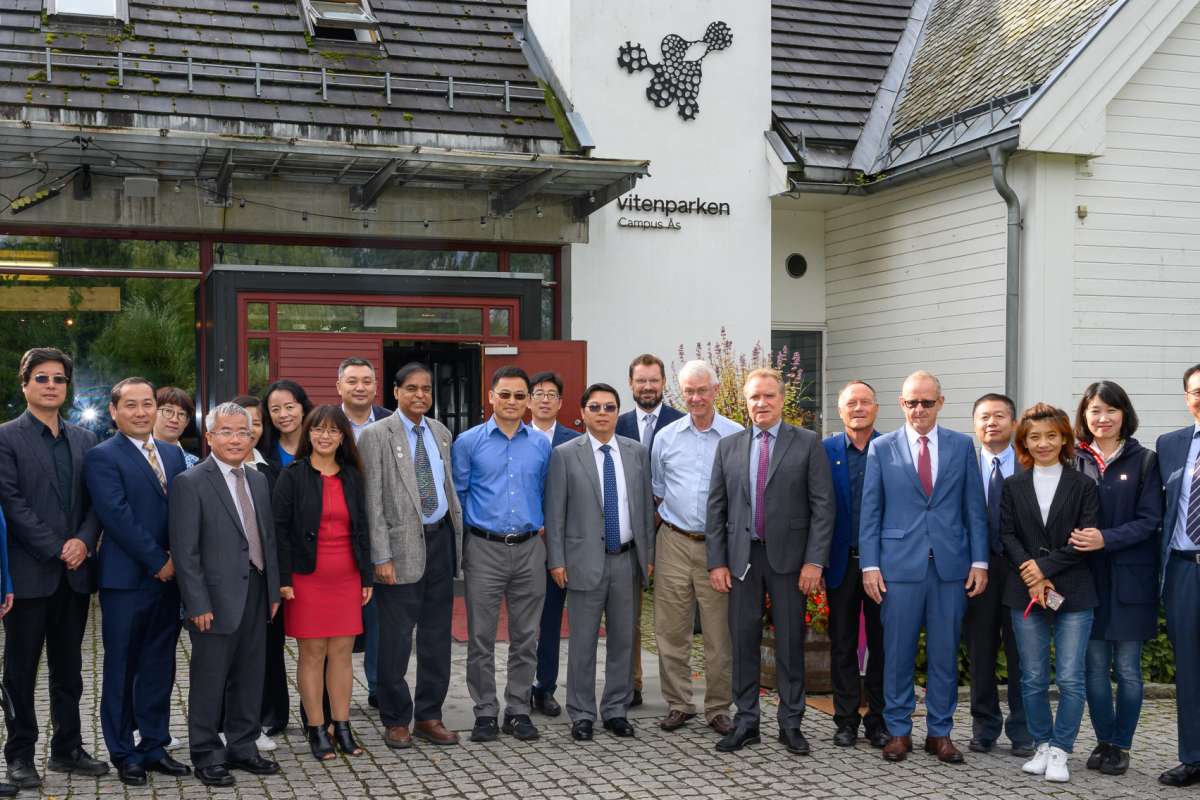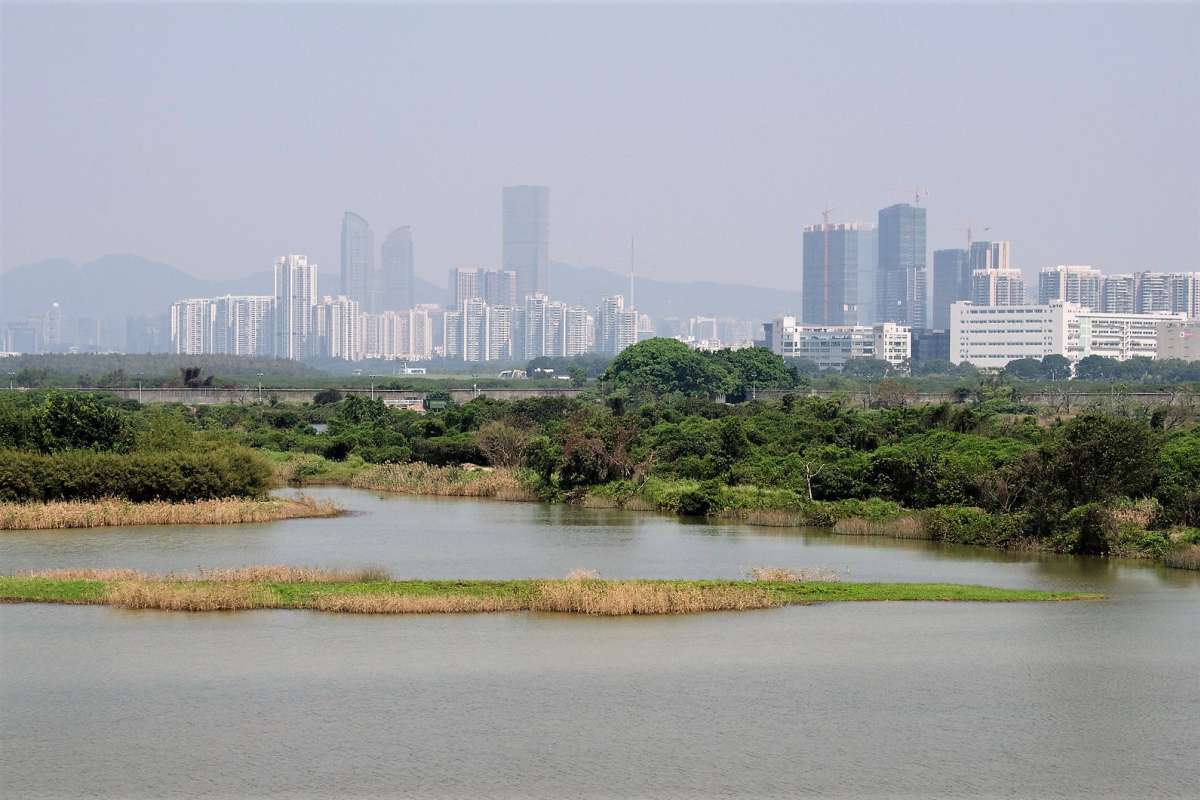Black soil – China’s giant panda in cultivated land
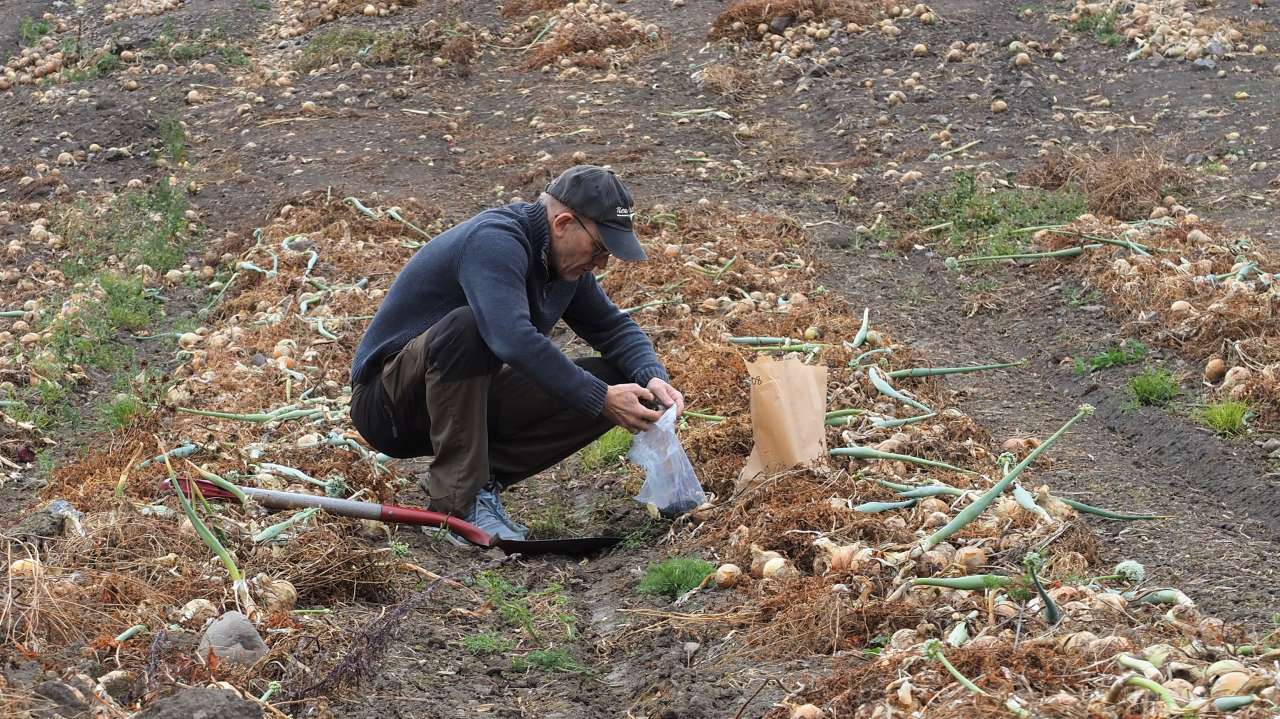
Black soils constitute the food basket for many countries. They are extensively and intensively farmed, and increasingly dedicated to cereal production, pasture, range and forage systems.
Erik Joner, NIBIO research professor, says returning the organic material to the soil will help to reverse the depletion of the black soil.
Photo: Erik Joner
The black soil in Northeast China is considered one of the most fertile in the country. However, it is in a critical condition due to years of intensive production and overuse of fertilizer. Now, science and technology are to help turn the trend.
Soil is a key component of many ecosystems and plays an essential role in agricultural production. With a high density of organic matter, black soil is very suitable for growing crops. The black soil in northeast China is considered one of the most fertile soils in the country, and consequently, this area has become one of the vital regions for cereal grain production.
However, long-term cultivation with focus on high yields, overuse of fertilizers and ineffective management have caused degeneration of the black soil, which now threatens both the local environment and grain production. A large area of Chinese agricultural soil is currently in critical condition with severe environmental pollution, caused by run-off in soil and surface water.
If China is to maintain sustainable food production with minimum environmental footprint, it is of great urgency that these agricultural practices are improved.
New measures
The 13th national 5-year plan in China states the need and urgency of reducing - or at least a zero growth in - application of fertilizers, pesticides and herbicides.
Moreover, the growth of population and decline of arable land make the traditional mode of agricultural production in China difficult to sustain.
– Organic fertilizers and innovative farming technologies such as precision farming, have been tested or taken into consideration in China, says research professor Nicholas Clarke, from Norwegian research institute NIBIO. He is working on soil health in China as part of the research project Sinograin II.
In Sinograin II, scientists from NIBIO and Chinese scientists from several institutes, are sharing knowledge and experience with the aim of improving food security.
Developing digital soil health card
One of the measures being tested is a dedicated health card that gives information on the state of the soil:
– We are developing and validating a soil health card (SHC) system for the black soil areas of Heilongjiang and Jilin provinces. This is a way to indicate the state of the soil, says the NIBIO research professor.
He explains that the SHC involves a simple test that the farmer can do him- or herself. This is to find out more about the soil structure, such as how many earthworms there are in the soil etc. SHC have been in use in for example the United States, India and Australia. But the scientists are now taking the system one step further by developing a digital SHC.
– Hyperspectral imaging of soil samples for these digital cards is ongoing. This is a high-tech variation where we take pictures with a smartphone and use these in models we create, to find out more about the soil quality, Clarke says.
– A low-tech version of SHC is easy to produce, but we want to see if it can be possible to make a high-tech variant.
– Through the SHC, we will then be able to make recommendations regarding nutrient and fertilizer requirements for individual farms to help farmers improve productivity, Clarke adds.
Less fertiliser
Overuse of fertilizer is a problem in relation to soil health in China. In Sinograin II, the scientists are testing an NPK fertilizer together with soil amendments using biochar as well as a lignosulphonate from Borregård developed from wood. These are being utilized in different trials to see whether the use of these soil amendments can enhance the effect of the NPK fertiliser, potentially allowing reduction in the amount of fertiliser needed.
– In China, they use too much fertilizer. We are trying to find a way to get the same yield, but with less fertilizer.
– Borregård gave us a kind of lignosulphonate to test. Biochar and lignosulphonate are also “soil improvers” that keep nutrients in the soil so that they are not lost in runoff or to the atmosphere. This however is not always easy, as some soil amendments can also retain the nutrients, so they become less available for the plants, Clarke explains.
So far there have been trials with various crops in the north of China, where results have been variable. They saw some positive effects from the NPK in combination with lignosulphonate in pot experiments. However, a field experiment showed no consistent effect of fertilizer application, neither with nor without the soil amendments.
– It is conceivable that this soil has enough nutrients already - either naturally or as a result of previous fertilization. We are undertaking a new field trial where the soil is basically nutrient-poorer, to see if the results are different, Clarke highlights.
In addition, the scientists are also developing an AMF (arbuscular mycorrhizal fungi) - based soil health and fertility improvement protocol. AMF are commonly known as bio-fertilizers. The inoculation of AMF is believed to provide tolerance to host plants against various stressful situations like salinity, drought, metals, and extreme temperatures. Trials with AMF are also ongoing.
Recruit and educate
According to Clarke, another aspect of the project that is important for the future sustainable management of the black soil, is to recruit and educate female farmers and young people in soil health management in China. Therefore, the project is running training courses and active involvement where these target groups are involved.
– So far, we have had farmer training courses in 9 villages in the Yian and Fuyuan counties between June and August. Here, women accounted for 30% of the participants, he says.
Long-term mission
The work with conserving and reversing the damage done to the black soil in China is however not a short-term mission.
NIBIO research professor Erik Joner, specializes in soil microbiology. According to him, a great part of the issue with black soil in Northeast China as well as globally, is that current agricultural practices to a large extent focus on plant production, and disregard that arable soils also need attention in order to deliver crucial ecosystem services in the long run.
– Today, increasing proportions of the world’s prime agricultural soils are lacking soil organic matter, and suffer from a range of degrading processes ranging from erosion to pollution. To reverse this requires considerable efforts and development and validation of locally adapted soil-improving cropping systems (SICS), he says.
– It is the crisis of modern agriculture. We have intensive production with mineral fertilizers, which decreases the carbon content in the soil. Then the grains are harvested, sold and eaten. And the waste goes in the bin and is lost in the sewer. It does not go back on the farmer’s field. So, one important focus is to rebuild the carbon content in the soil, Joner highlights.
Exhaustion of the soil through industrial farming, also breaks down the important organic material, aggregates and structure in the soil he explains:
– We need methods to stop and reverse the depletion of the soil, with focus on the biological components in collaboration with the soil organisms that have declined in the last 30-40 years. A lot of this revolves around returning the organic material to the soil.
Planning new project
According to Joner, there are two ways of leading carbon back into the soil. Either using the photosynthesis, which means having as many plants in the soil as possible. The other is to make sure the crops that are harvested and removed come back in the form of organic waste after the food is eaten.
– Both these methods stimulate soil life. If you have grazing animals and ruminants, then you get quite a lot of manure back. With mineral fertilizers however, the organisms in the ground don’t get enough to eat.
Together with a group of scientists at NIBIO and several institutes in China, Joner is planning a new project called The Rebuild project. It will partly focus on stopping the deterioration and regenerate the black soil in Northeast China.
– One of the things we work on is returning the organic material to the soil, such as making biogas and biogas residues that you can put back on the field in liquid form. This means you also have the possibility to remove microplastics and other things you don’t want, before you spread it back on the soil. You can also make biochar - which is very stable in soil and can have a long-term effect on the carbon content, he says.
Front runner farms
The Rebuild project will base itself on “front runner farms”. Pioneering farmers who already experiment with new methods on their own, will test ways of growing more permanent plant cover, which could mean several crops or co-cultures. They will also use measures such as avoiding fallowing and using different sowing times.
Joner says the danger with leaving black soil fallowed in China, is that it can lead to erosion problems with wind, as the texture of the soil means it blows away easily. And it is the most fertile soil that goes first.
– The black soil is not currently completely destroyed. That is actually a problem within the problem; you don’t see that this is really non-functioning soil. That makes it more difficult to make quick moves. But there is an ever-decreasing carbon content in the soil. In the long-term perspective it is crucial to build it up again, Joner says.
Increase biological activity
Increases in the carbon content is difficult to measure. However, we can measure the increased biological activity and the biomass, Joner explains.
– We know this will ultimately build up the carbon content. Increased biological activity builds aggregates, good soil structure and drains external precipitation easier. This again makes the soil less compact, and plants can develop roots more easily. When you have reduced biological activity, the soil structure decays. It becomes lumpy and compact, and cracks only form between large lumps instead of being a granular porous medium, the soil scientist explains.
Joner says China is willing to put in an effort to stop the trend of decline
– The Chinese want to grow food for their consumption, but they are on the way to destroy their own land. However, China is world champions in thinking long-term, and they know they cannot continue a practice that destroys their own food security. They take the issue very seriously, Joner concludes.
Science has a large part to play
– For the future, the importance of managing the “good soil” will be vital, says Per Stålnacke, director of research at NIBIO.
– The concept of soil health is also getting attention globally, as a common factor and simultaneously a solution linking climate change, greenhouse emissions, increased need for global food production, environmental impact and biodiversity, says Stålnacke.
He believes science has a large part to play in this task:
– Increased research-based knowledge on sustainable use and utilisation of particularly productive soil types, such as the black soil in Northeast China, is therefore vital. For more than 10 years, NIBIO has had a strategic investment in this, in collaboration with leading research environments in China.
KONTAKTPERSON


Nicholas Clarke
Seniorforsker
-
Divisjon for miljø og naturressurser
(+47) 974 80 327 nicholas.clarke@nibio.no Kontorsted: Ås - Bygg H8
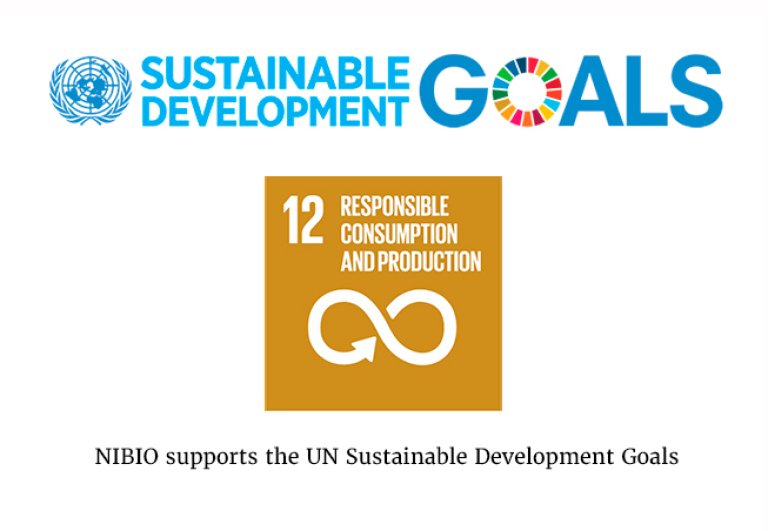
Sinograin II
Scientists from NIBIO, the Chinese Academy of Agricultural Sciences (CAAS) and other Chinese partners are working together in a four-year project (Sinograin II) funded by the Norwegian Ministry of Foreign Affairs through the Royal Norwegian Embassy in Beijing, using innovative technologies in an effort to improve productivity, food safety and sustainability in Chinese agriculture.
The project is a step forward from the work done in the project Sinograin I, and one of the several ongoing collaborative projects between NIBIO and CAAS in China focusing on climate smart and sustainable food production.
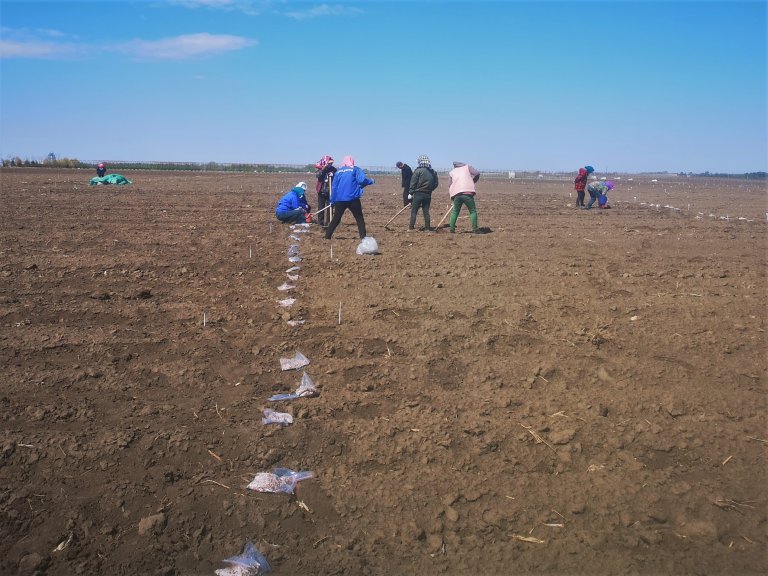

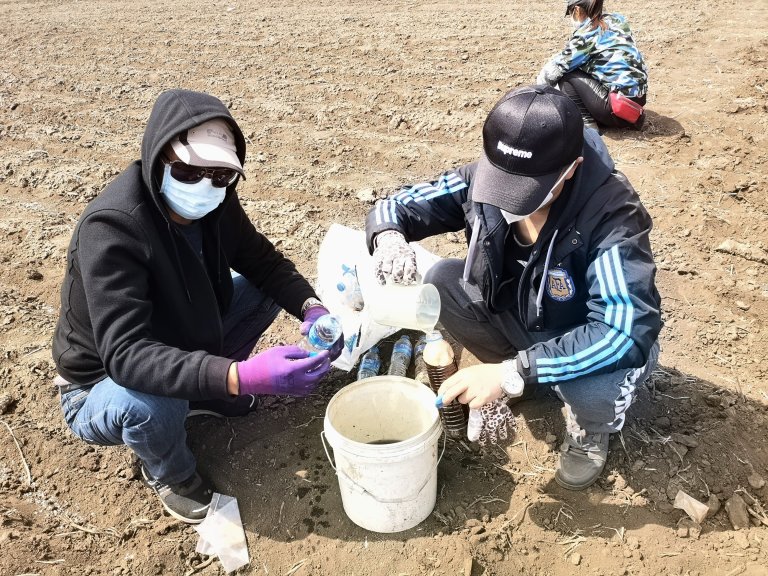
REBUILD
Today, increasing proportions of the World’s prime agricultural soils are lacking soil organic matter, and suffer from a range of degrading processes ranging from erosion to pollution. Rebuilding and restoring soils require considerable efforts and development and validation of locally adapted soil-improving cropping systems (SICS).
At the core of the REBUILD project lies a multi-actor approach that brings frontrunner farmers, holding valuable knowledge on agricultural practices that prioritize soil health, together with NGOs, extension services, SMEs and researchers. This multi-actor process will work to design and adapt, and later disseminate locally and regionally adapted SICS.
The consortium behind the REBUILD project exploits the triangle of wet-cool, dry-cool and dry warm climate (represented by Scandinavia, N.E. China and the Mediterranean, respectively) to identify and promote climate-adapted farm level methods and SICS that ensure future productivity of prime agricultural land facing the particular climatic constrains of these three climate zones.
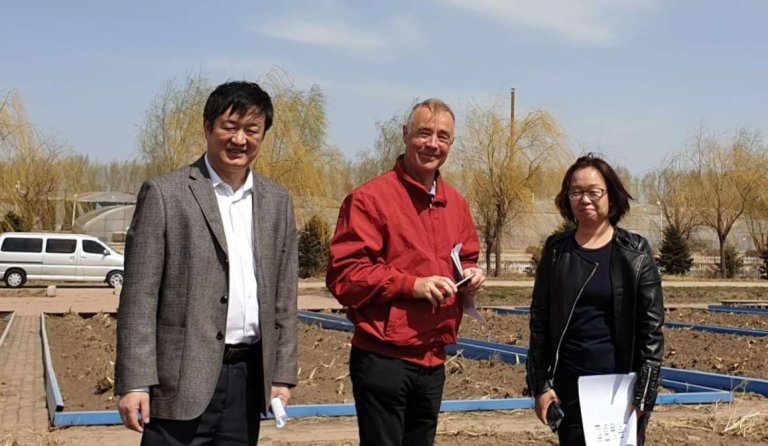
Facts about black soil:
Black soils are mineral soils which have a black surface horizon, enriched with organic carbon that is at least 25 cm deep.
Black soils cover about 7 percent of the ice-free land surface.
There are three different types of black soil; Chernozems, Kastanozems and Phaeozems.
Black soils constitute the food basket for many countries. They are extensively and intensively farmed, and increasingly dedicated to cereal production, pasture, range and forage systems. Given favorable climatic conditions, these soils allow a very high crop productivity.
However, the significant soil organic carbon (SOC) content of black soils make them sensitive as potential large sources of greenhouse gases. Indeed, they are very sensitive to soil degradation (e.g. erosion, crusting and nutrient mining) and SOC losses. Therefore, they need to be managed carefully to maintain their productive potential.
As a consequence, black soils are of particular global importance because of their relevance to food security and climate change. This means it is crucial to promote their conservation and sustainable use and maintain their functioning in the longer term to keep them supporting food security while protecting the environment and mitigating climate change.
KONTAKTPERSON


Nicholas Clarke
Seniorforsker
-
Divisjon for miljø og naturressurser
(+47) 974 80 327 nicholas.clarke@nibio.no Kontorsted: Ås - Bygg H8
Tekst frå www.nibio.no kan brukast med tilvising til opphavskjelda. Bilete på www.nibio.no kan ikkje brukast utan samtykke frå kommunikasjonseininga. NIBIO har ikkje ansvar for innhald på eksterne nettstader som det er lenka til.

